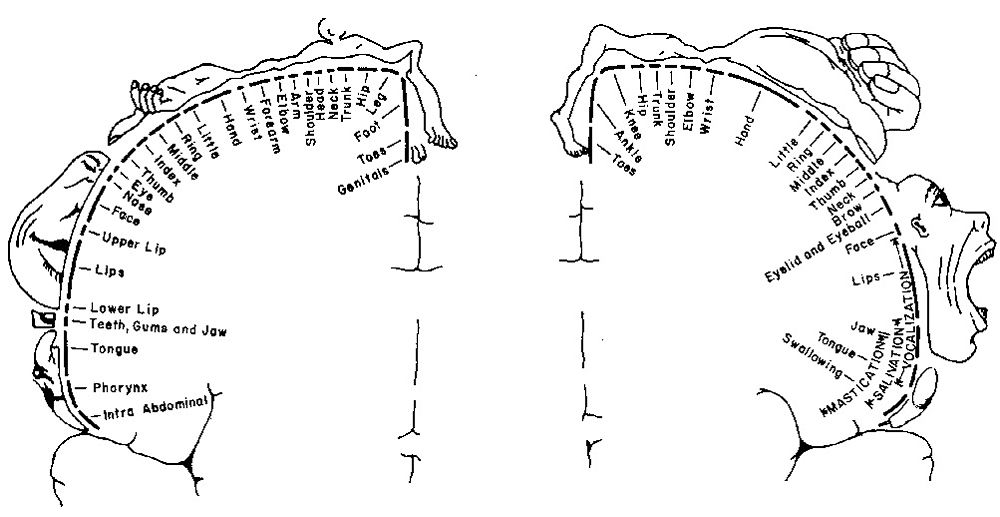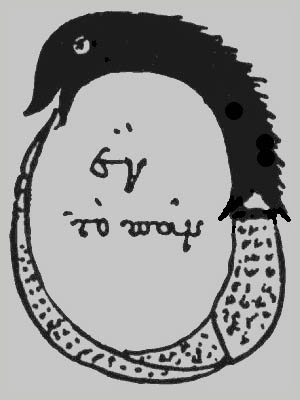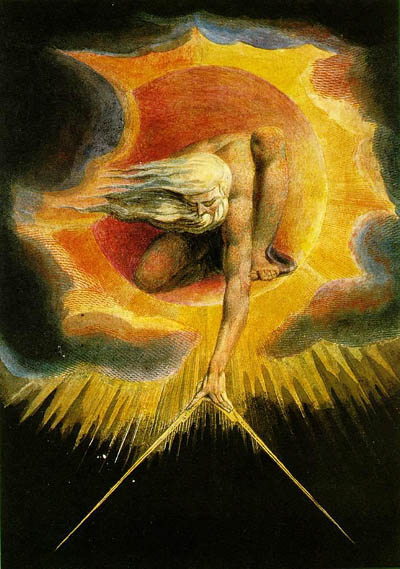
|
Lorna Mills and Sally McKay
Digital Media Tree this blog's archive OVVLvverk Lorna Mills: Artworks / Persona Volare / contact Sally McKay: GIFS / cv and contact |
View current page
...more recent posts
Psyche and the Split-Brain by Jenny L. Yates is the kookiest book that I have found so far in my research for school. It also, coincidentally, contains my favourite art interpretations ever. Yates wrote the book as her thesis for a Diploma in Analytical Psychology from the CJ Jung institute in Zurich (1992). She worked with two subjects, a man and a woman, each of whom had had their corpus colossum severed as a treatment for epilepsy. The corpus colossum connects the two hemispheres of the brain. Yates showed images of artworks to the right and left sides of each person's brain, separately, and asked them to describe what they saw.
I don't know much about Jungian psychology, but Yate's symbolic analyses of the results are a challenge to my credulity. She also makes some oddly rigid assumptions about the meaning of images. The man's right hemisphere responded to an image of a lion and a lamb with the phrase "morbid feelings." Yates suggested that "...this male's right hemisphere has an opposite perception to the mood of the painting. Clearly the image of the lion and the lamb is one of peace and calm." (p.32). Art interpretation is really not that empirical. Now that Mr. Right Hemisphere has suggested it, I can see many ways in which lions and lambs hanging out together might be quite morbid indeed. The book is a bit of a warning that trying to pin down the meaning of an artwork too explicitly is, well, kooky.
But my goodness! The responses these people gave to the artworks they saw are fabulous. I get the feeling that the man may be teasing a bit. Here's a sampling...
Female Right Hemisphere: "Four"
Female Left Hemisphere: "Green. Two circles in the middle, not exactly alike, separate."
Male Right Hemisphere: "Very small lady."
Male Left Hemisphere: "Color green. A ring, almost."
Female Right Hemisphere: "Trunk of a tree."
Female Left Hemishpere: "A flower."
Male Right Hemisphere: "Lady left the steam room in a hurry."
Male Left Hemisphere: "Chinese or oriental fan or shell with creatures more man than beast or fairies coming out."
Female Right Hemisphere: "I want to know more about that than any others. I am trying to figure out why. Why Jenny?"
Female Left Hemisphere: "Big yellow flower."
Male Right Hemisphere: "A vase, not an urn."
Left Hemisphere: "A cat, orange, background - a stage drop."
Second Round, Female Right Hemisphere: "Flower"
Second Round, Female Left Hemisphere: "Telescope, looking into the background."
Second Round, Male Right Hemisphere: "An Iris, but I don't think that it is."
Second Round, Male Left Hemisphere: "A kitten, orange, sitting on a substance, cotton."

This is the famous brain map of sensory input by Dr. Wilder Penfield called the "homunculus." Wikipedia warns us that it's not necessarily totally accurate, and may be out of date. But in general it illustrates that our body parts are mapped on the cortex of the brain. But the brain doesn't just map our body, it also maps the area around us. Sandra Blakeslee is a science writer who co-authored Phantoms in the Brain with VS Ramachandran and recently wrote all about brain mapping with her son Matt, in a book called The Body Has a Mind of It's Own. On the Brain Science Podcast she described how she got the idea for the book while browsing the posters at a big neuroscience conference.
There was a paper by an Italian neuroscientist that talked about perispersonal space, which I had never heard of. So I went over and starting asking him, and we were talking about strokes and this method he had of studying strokes. And then I said to him, "What's peripersonal space?" And he — it's so cute — he stepped back and took a pen and he said, "You see this pen? It is now outside of your peripersonal space." And then he went dvvvf, dvvvf, dvvvf and started moving it closer and closer to me. And then he got it into the area around me. If you put your arms out over your head, and to your side and down by your hips, that's your peripsersonal space. And he was telling me that that space is actually mapped in your parietal lobe. I couldn't believe it. I knew that the brain maps the body, I knew about the Penfield maps and the classic touch maps and motor maps, but the idea that the space was mapped... And when you use tools the maps increase in size. ... It was just enchanting. And then a bunch more findings were coming along at that time about tool use, and mapping, and about mirror neurons which are about mapping your social world. And then this whole thing about inner reception, which is how you map the internal feelings in your body... this was so exciting...Later in the interview she explains how this mapping of the perispersonal space can account for why we are aware that there is somebody behind us, etc. She also describes how out of body experiences can be induced with elecrtrode stimulation in the right angular gyrus, and how seeing auras can result from synaesthesia. And she says this rather sweet thing...
Some people when they are very young start seeing coloured auras around others. They're not making it up, they really do see that. And in fact people that have those kinds of really strange synaesthesia think it's perfectly normal. They reach their late teens before they realise that not everybody sees the world that way. Out of body experiences, near death experiences, healing touch — we're proposling neurophysiological explanations for a lot of these phenomena that are routinely described as the paranormal. And no wonder! I mean, if you have an out of body experience it's real, you're not making it up. And then modern science comes along and says "Oh, no no no, that can't be." So people are drawn to the parapsychology world for the lack of an explanation from the more allopathic scientific world.


